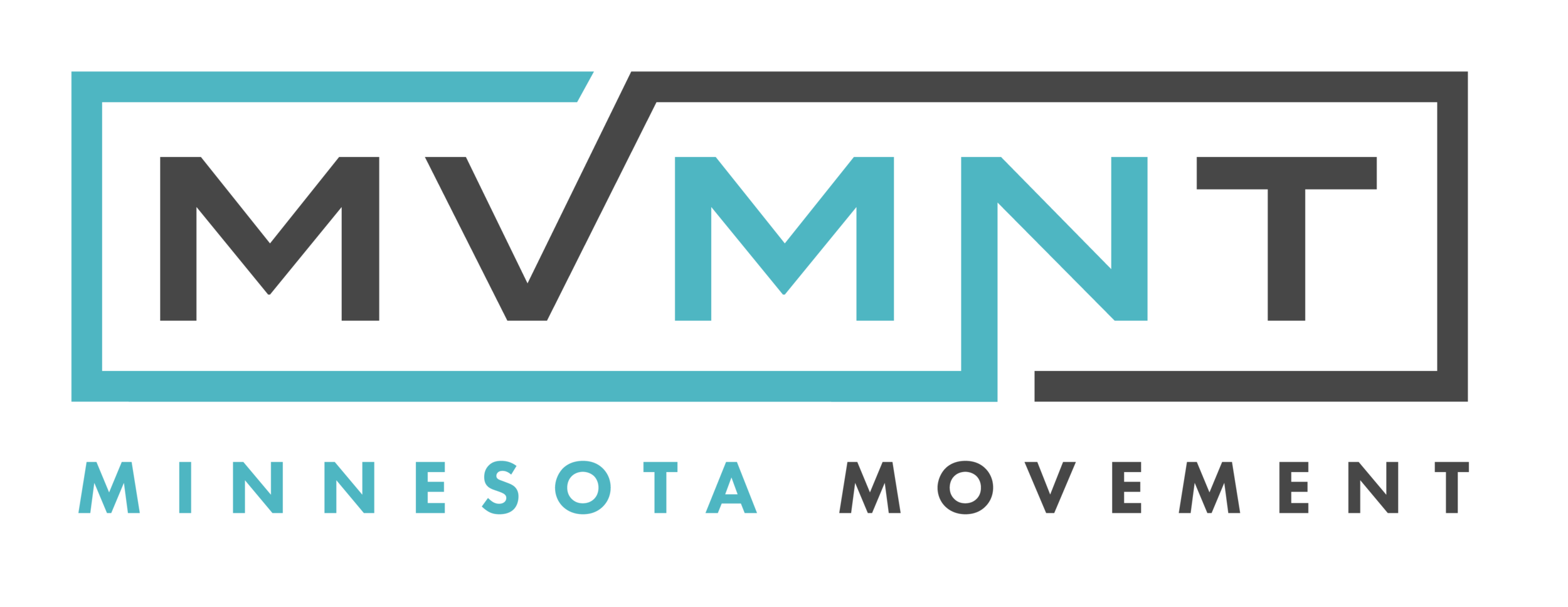Foot and Ankle
Exercises
Feedback / When is Forefoot Pronation an issue? Especially for runners? And what do we do about it?! . The foot needs to be stable yet pliable in an ideal ga...
This exercise is great for actively engaging your anterior muscles in order to disengage your posterior muscles that commonly attribute to pain in your Achilles and foot such as plantar fasciitis.
Ankle sprains aren't anything to take lightly. They generally take +6 months to feel "normal" again and often times much longer than that before they are actually 100%. This banded exercise helps to build the trust back in your peroneus/fibularis muscles (all three of them)!
Strengthening your foot and ankle builds a better foundation for the rest of your body. If you have plantar fasciitis, dropped arches, sprained ankles, Achilles pain, or just pain in your feet - these are the exercises for you!
Heel strike isn’t always bad. WHERE we strike the heel could make it less efficient though.
If we see a heel striker, ideally we would want the foot already traveling with posterior momentum and landing just slightly in front of the hip, or directly underneath.
Landing on the heel while the foot is still traveling forwards is just a momentum gap that we would need to then eccentrically get over. Burning more calories. Wasting more energy.
Nothing is absolutely “bad” or “good.” There’s just varying degrees of “better.”
"If you're not assessing, we're just guessing." . I can not stress enough the importance of a good assessment with any course of care. . By not playing by th...
Forefoot pronation isn't always a bad thing! Often times when we assess a squat or gait pattern, we see someone walking on the outside of their foot. Outside, meaning their pinky-toe side. This makes an unstable foundation of the foot as if you were walking on ice skates!
